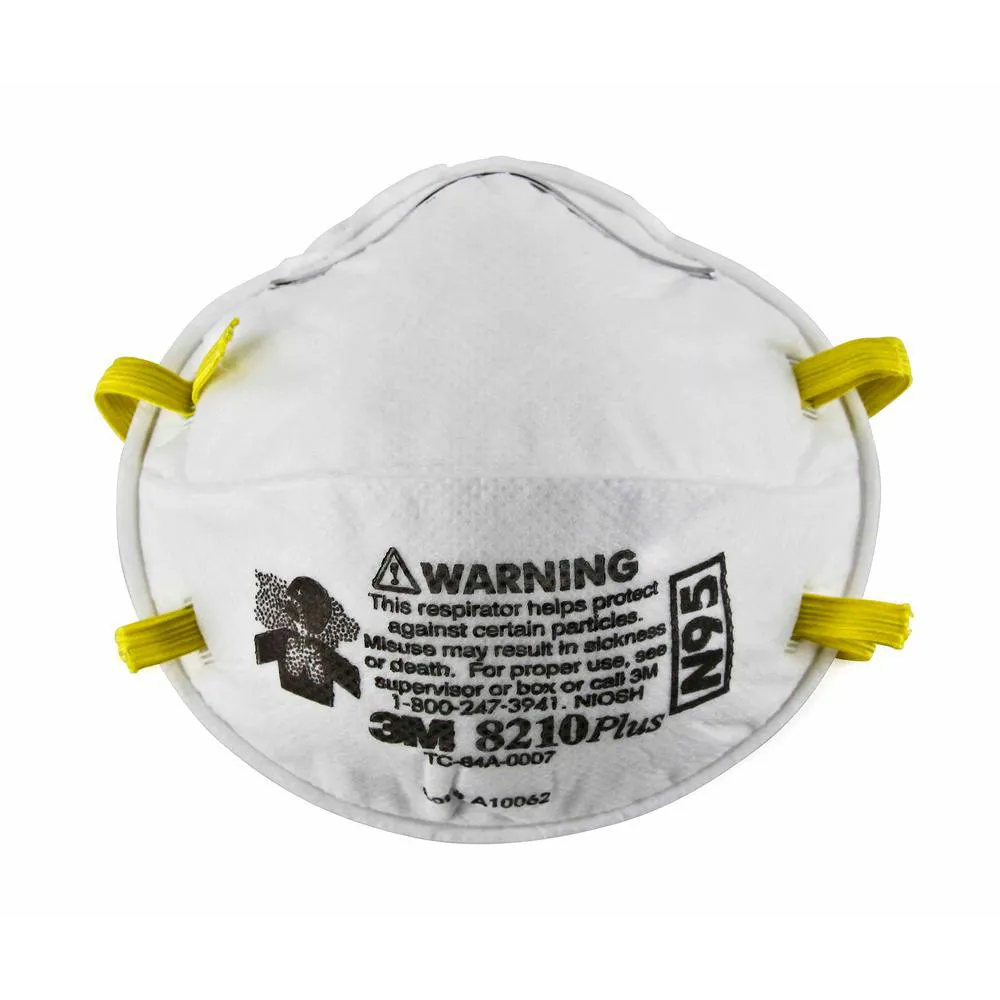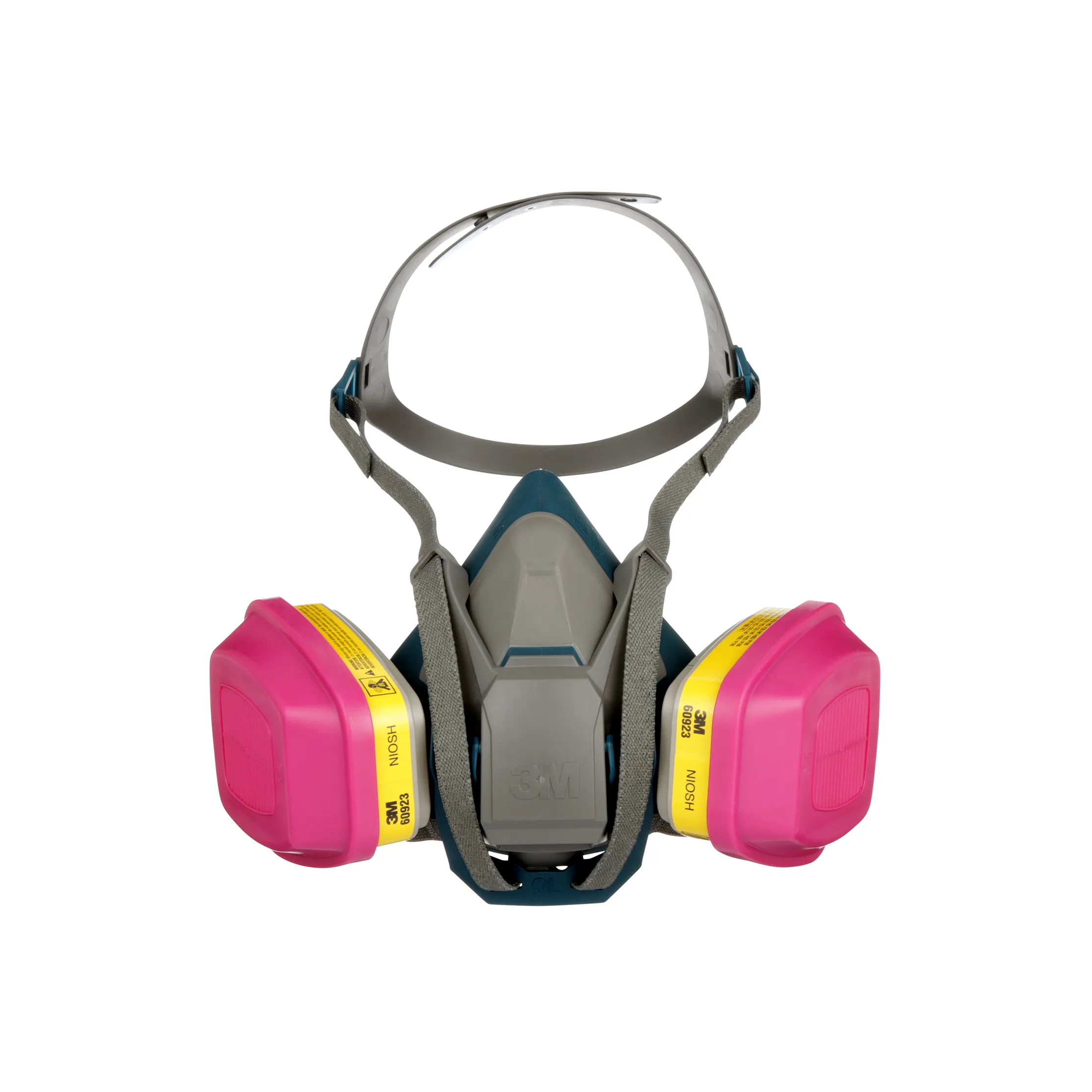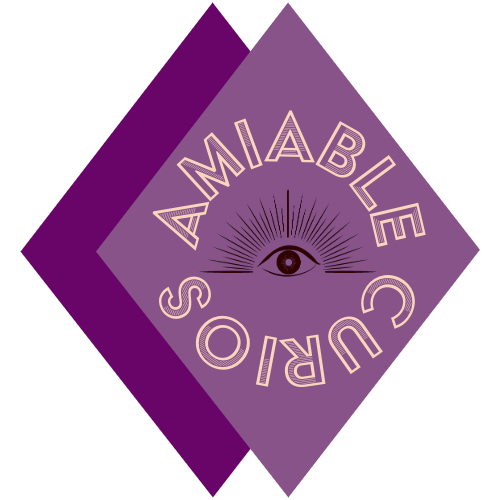Safety first is the main motto in any industry, and crafting is no exception. Respirator safety is often overlooked, and I’d like to go over main reasons for wearing one and how to take care of it.
Why Wear a Respirator
When crafting, we often deal with small particles such as dust when sanding figurines, fumes from resin and varnish, and even glitter and powders. All of these particles may be harmful to your lungs. Even though you might not notice the problem right away, it may present itself in 10 or 20 years. As they say, better safe than sorry! When using spray varnish or any kind of chemical, be sure to check safety data sheet (SDS) on manufacturer’s website. Usually, you can search for “brand name SDS” and it will come up. There might not be a SDS for glitter, pastels or powders, but in these situations it’s best to use common sense. If you see particles in the air, you’re probably breathing them. Therefore, it’s best to use a respirator.
What kind of Respirator is the Best
There are several types of respirators, some are like facemasks that protect against larger particles like sawdust, and some have filters that protect against fumes.
The first type is a disposable respirator. While this mask will protect against larger particles, I don’t particularly like it. In my case, it doesn’t sit close to the face, and I end up having particle streaks around my nose. This means that particles still get through as there’s no tight connection between my face and the mask. I no longer use this type of respirators for the above reasons.

The second type is a respirator with replaceable filters. This is my trusty 3M respirator that I use for everything. There’s a way to check if it sits tight on the face and doesn’t let any air other than through the filters. To check this, you just have to cover the breathing valve with your hand and try to breath out. If all the air stays withing the respirator, you’re all set for safe usage. It’s also comfortable to use as the straps are adjustable and there’s a snap closure that keeps it tight to the face. You only have to adjust it once, and then simply unlatch the closure to take on or off. It also works if I have hair in a bun, as there’s a plastic circle that goes around your head and helps to keep the respirator in place.

Respirator Safety
My respirator with replaceable filters is several years old, and it still works great. I do take care of it and replace filters after a while. Keep in mind, there are different types of filters. If you need one for the fumes, be sure to check if it’s rated for that purpose.
After each use, I wipe the inner part of the respirator with microfiber cloth to remove any oils that rubbed off my face. This prevents deterioration of the seal and dust accumulation. Both of these might lead to air leakage, so it’s important to clean the respirator after each use.
Finally, storing respirator requires care too. It has to be stored in an air-tight bag. Mine was sold in one, and I still keep it in there. The filters keep filtering air even if the respirator is not in use. Therefore, it’s best to limit air intake by the filters to prolong their shelf life.
Conclusion
If this tip helped you, please consider giving one in return!

Leave a Reply